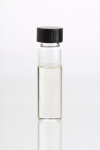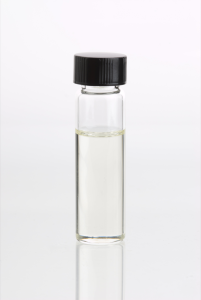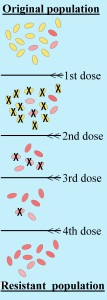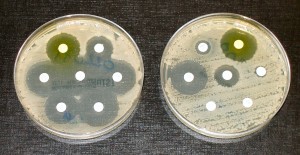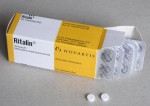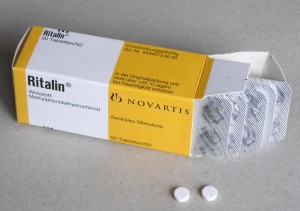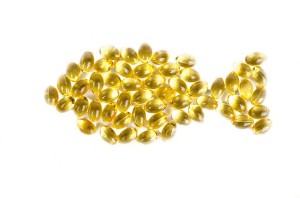submitted by jwithrow.
Journal of a Wayward Philosopher
Non-intervention: Don’t Just Do Something; Stand There!
February 26, 2015
Hot Springs, VA
The S&P opened at $2,114 today. Gold is up to $1,215 per ounce. Oil is back up to $50 per barrel. Bitcoin is up slightly at $237 per BTC, and the 10-year Treasury rate opened at 1.94% today.
Don’t just do something; stand there!
I chuckled when I heard this spin on the popular cliché in regards to the proper approach to natural childbirth. Then it occurred to me that this call for non-intervention is applicable for pretty much every other subject we take interest in here at Zenconomics: finance, economics, health care, education, government, all of them. Modern culture has taken a hyper-invasive approach in each of these areas to most everyone’s detriment.
Non-intervention in childbirth is based on the understanding that the mother is perfectly capable of delivering her child without any external ‘help’ save the support of her partner and her health care team. Non-intervention in childbirth operates on the firm belief that the mother’s body is perfectly designed for the task at hand and we have a lot of historical evidence to support this position.
We don’t know for sure how long the human race has been around. History textbooks tend to start the timeline around 10,000 B.C. and they say we were all cavemen for about 25,000 years prior to that. I have seen compelling alternative studies that suggest the caveman story is largely false and that humans existed at least 100,000 years ago with relatively the same genetic structure and cognitive ability. Regardless of the timeline, what we do know is that children have been born naturally according to the non-intervention principle for 99.9% of human history. Modern hospitals did not take shape until the turn of the 20th century and 95% of all children in the U.S. were still born at home in 1910. The number of homebirths plummeted to 3% by 1960 and looks to have bottomed at 1% in 1980. Approximately 5% of all births in the U.S. are currently homebirths outside of the hospital.
The data shows that complications do occur during natural labor about 10% of the time and the vast majority of these cases are minor but best addressed in a hospital setting. This is the primary risk when doing a homebirth but the risk can be mitigated with an emergency back-up plan. Fortunately, the possible complications are well-documented and they can be detected early simply by monitoring the baby’s heartbeat during labor which is now very easy to do thanks to the advancement of technology.
U.S. hospitals are extraordinarily good at handling emergency complications but this has led to a hyper-invasive approach. U.S. hospitals view childbirth as an emergency situation and employ all manner of invasive interventions during every birth whether or not a complication arises. This interventionist approach actually increases both the probability of a complication occurring as well as the severity of that complication because invasive interventions have unintended consequences. This is why you hear about so many birth horror stories in the U.S. Standard interventions like planned inductions, synthetic labor enhancing drugs, drugs for pain relief, and the restriction of free-movement disrupt normal physiology which can have undesirable effects on both mother and baby.
Non-intervention in childbirth is about trust. We must trust in the magnificent creative power that permeates the Universe. We must trust in the chaotic order and balance of the natural world. We must trust in the innate strength and wisdom of the mother. And we must trust in the majesty of childbirth.
The non-intervention philosophy is simple, holistic, and comprehensive. This applies to natural childbirth just as it applies to holistic wellness practices, free market economics, sound personal finance, childhood education, and the role of government which we will look at tomorrow.
Non-intervention requires a commitment to research, knowledge, and understanding which will cut through unsubstantiated fear and propaganda. It requires strength of will and a calmness of mind capable of tuning out the noise while tapping in to the inner wisdom we all possess. Perhaps most of all non-intervention requires an acceptance of personal responsibility: we are each personally responsible for every choice we make.
Non-intervention is not complicated but it does fly in the face of modern culture. We are constantly inundated with messages of insecurity, materialism, conformity, status, fear, intolerance, and hate from mainstream media sources – especially from the television “news” programming. These messages almost exclusively hold intervention as the solution to any problem and this outlook has shaped modern culture as most people buy right in to this way of thinking. But an amazing internal transformation occurs within those who tune out the noise and embrace the philosophy of non-intervention.
Our midwife made a profound statement to wife Rachel and I during our initial informational interview and the wisdom of her words still echoes in my head:
”A good midwife knows when to sit on her hands.”
I am convinced that this ability to sit patiently on one’s hands with a calm mind while the crowd screams for action is the peak of self-discipline.
Until the morrow,
Joe Withrow
Wayward Philosopher
For more of Joe’s thoughts on the “Great Reset” and the paradigm shift underway please read “The Individual is Rising” which is available at http://www.theindividualisrising.com/. The book is also available on Amazon in both paperback and Kindle editions.








